Fifty Years Ago it Was a Hundred Years Ago
The Interpretation History of the 1848 Hungarian Revolution and Freedom Fight
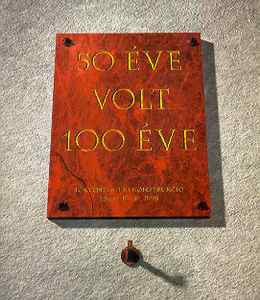
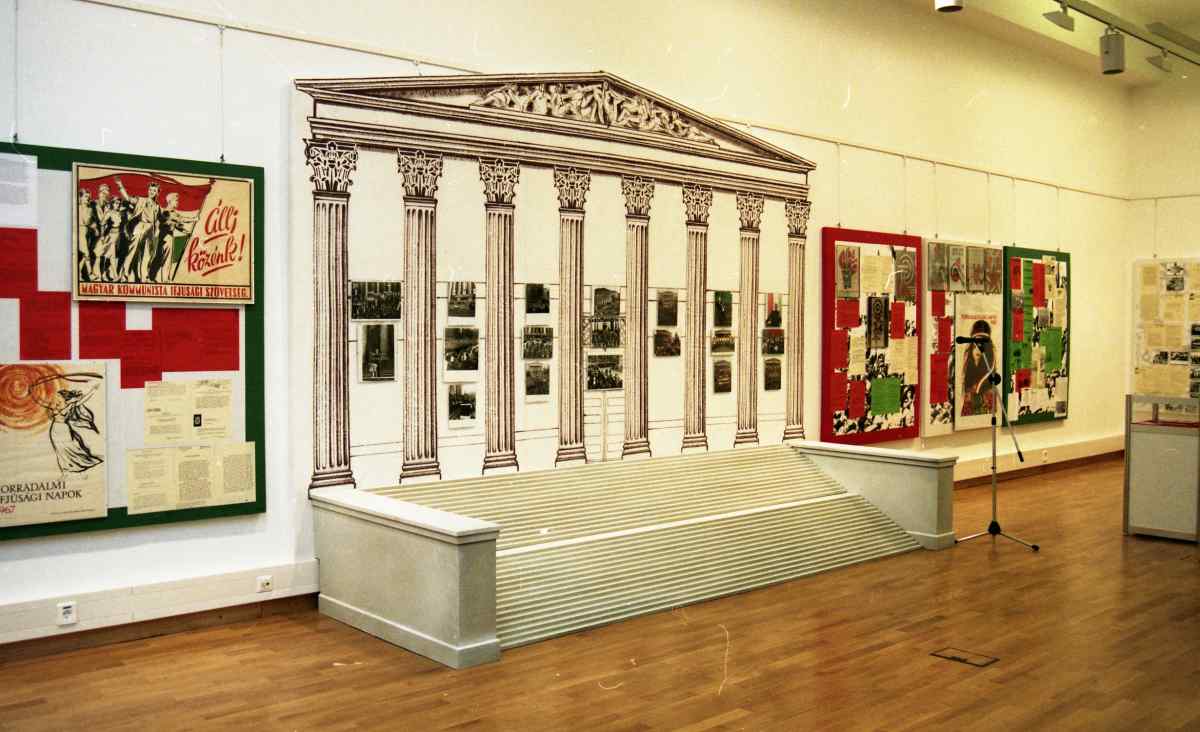
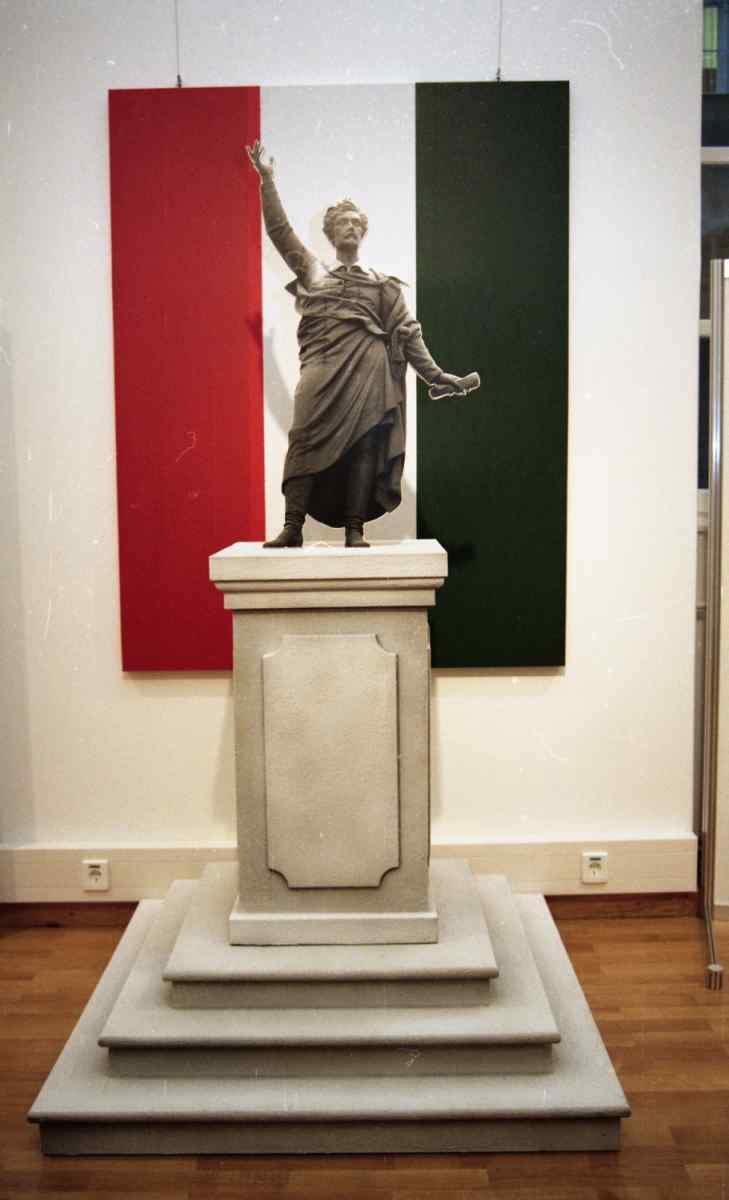
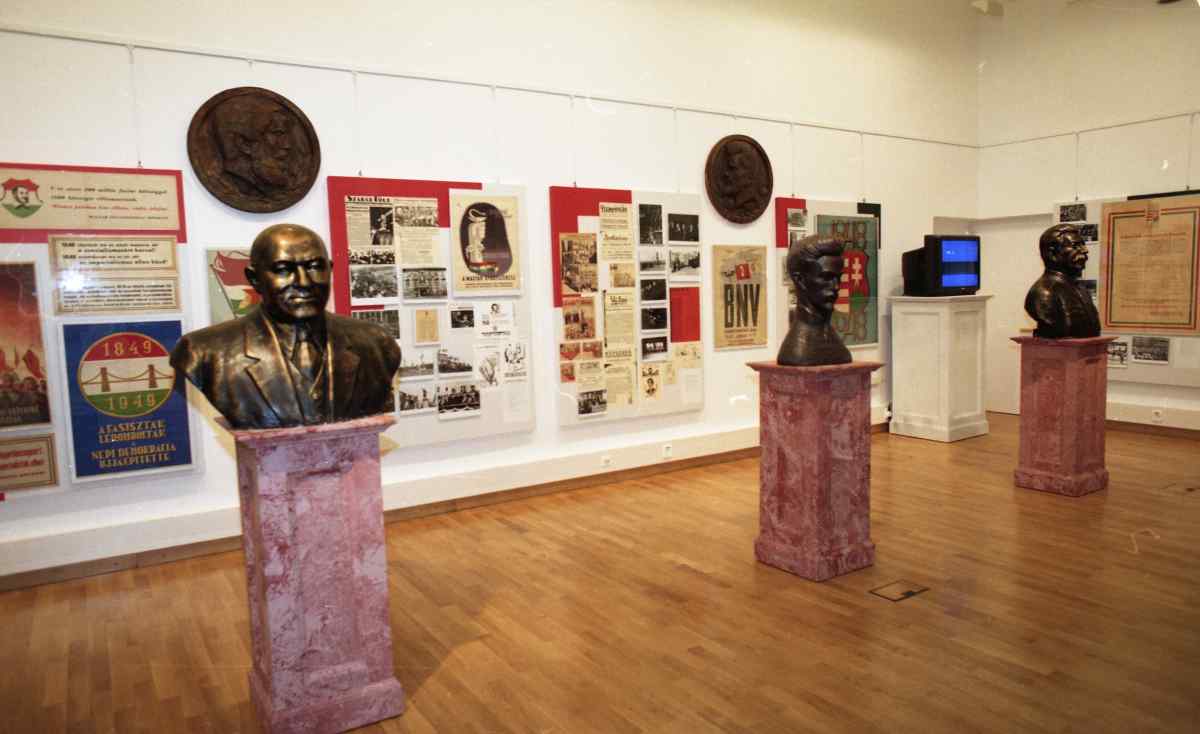
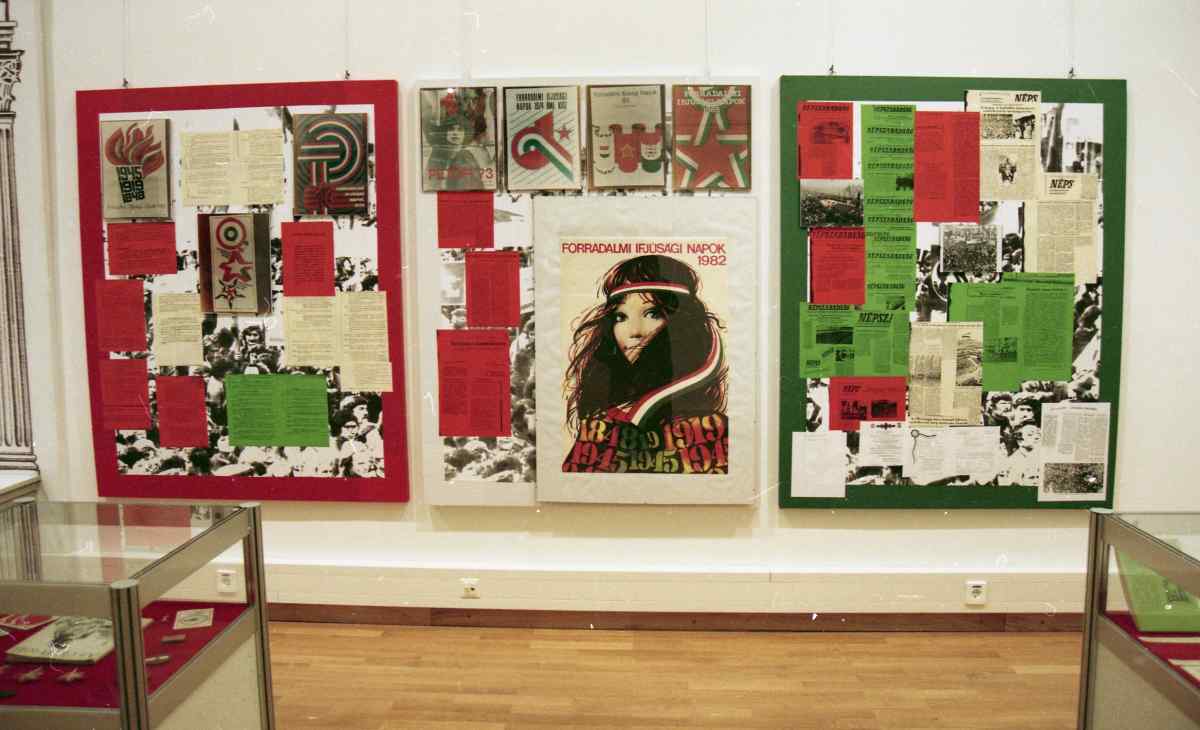
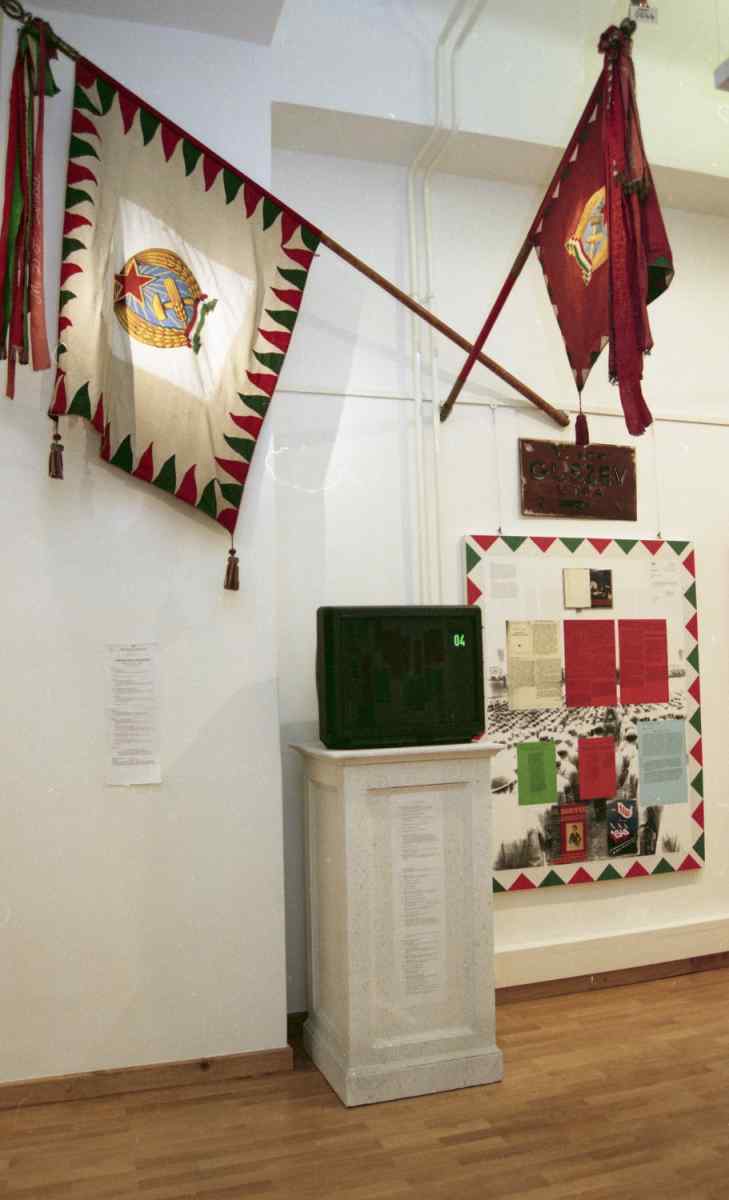
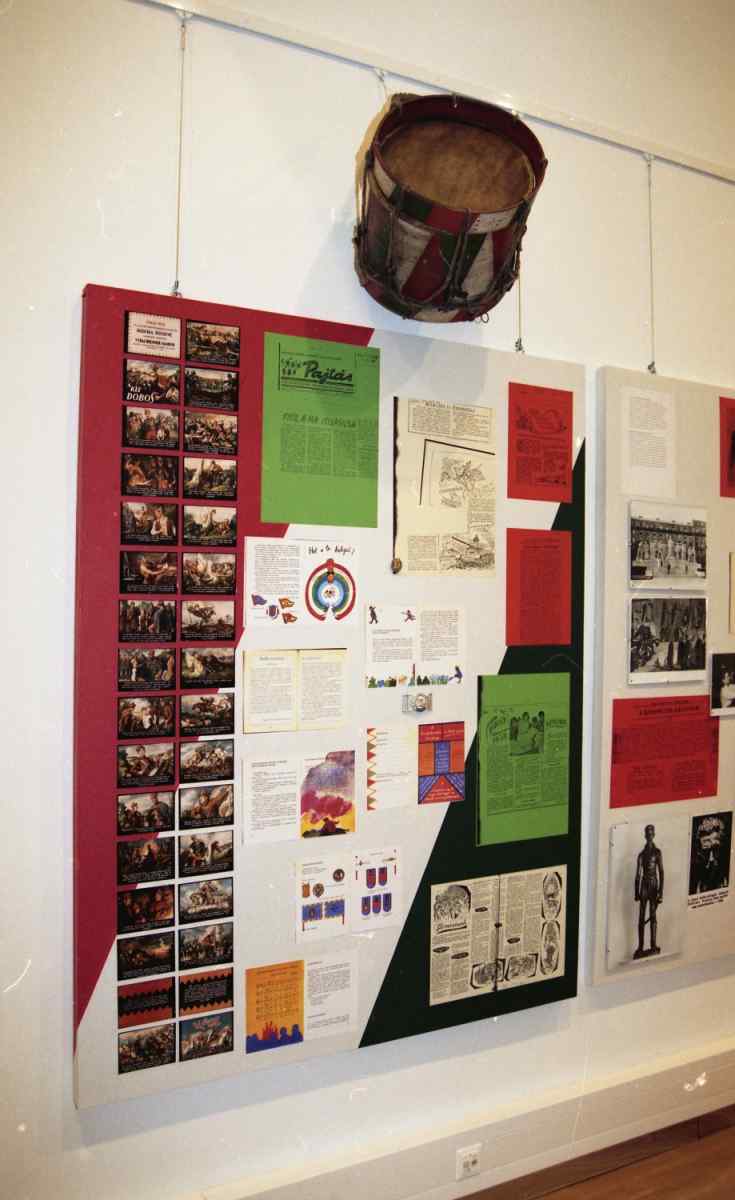
design: NEMZETES Ferenc
This multi-media exhibition revealed the various ways in which the1848 Hungarian revolution and war of independence had been remembered, celebrated, interpreted and represented in Hungary over the last 50 years. The narrative started with the year 1948, when the Hungarian Communist Party seized power. The centennial festivities of that year—directed by the Party—transformed the memory of 1848 into an early, heroic manifestation of communist ideals. The 1956 uprising denied that image by holding up the events of 1848 as the shining example of Hungarians' fight against foreign and domestic oppression and the legendary motivation and courage of the “March Youth” to defy authority.
In the years following the failure of the 56 uprising, the celebration of 1848 became a delicate and potentially dangerous issue—the spontaneous, unofficial commemorative events which stressed national freedom and independence from the Soviet Union were often brutally terminated by the police. After the fall of the communist regime “March 15” again rose to the rank of the officially cherished, majestic national holiday. Additionally, the newly arising right-wing groups created another image of the 48 revolution and its leaders: by arguing that the great poet Petőfi did not die, but was captured by the Russian Czar’s troops and taken to Siberia, they associate his figure with those thousands of martyrs who were tortured and worked to death in Gulag by the Soviet state, thus linking the poet of the 1848 revolution to the tradition of anticommunist resistance.
The exhibition demonstrated the main stages of this process with the help of contemporary paintings, statues, drawings, monument plans and models, newsreels, short films, press articles, political speech transcripts and other commemorative paraphernalia that come in the most surprising shapes and forms.